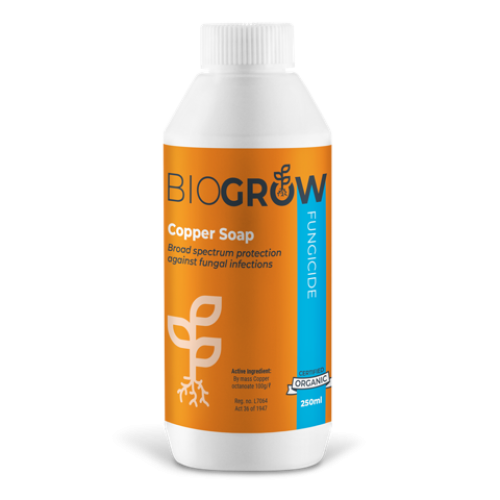Anthracnose
Colletotrichum spp.
Anthracnose is a fungal disease that thrives in warm, humid conditions, targeting a wide variety of crops including beans, melons, cucumbers, tomatoes, and peppers. It often begins with sunken lesions on fruit or stems and can quickly spread through rain splash, infected tools, or contaminated seed. One of the most overlooked sources of infection is the seed itself, especially saved seed from previously infected crops or untreated commercial seed.
Trying to manage anthracnose after it takes hold is time-consuming and rarely successful in organic gardens. By the time symptoms appear, the pathogen is often well established and spreading. The cost of spraying, crop losses, and future contamination make prevention the most effective strategy. Start with resistant seed varieties, maintain good sanitation practices, and use organic treatments early in the season.
For tomato growers and those saving their own seed, there are two highly effective, organic-friendly options to reduce seedborne infections: fermentation and vinegar soaks. Fermenting tomato seeds in their own juice for 2 to 3 days breaks down the gelatinous coating and helps eliminate fungal pathogens on the seed surface. A second method involves soaking seeds in a 5% white vinegar solution for 30 minutes. This treatment has been shown to reduce fungal contamination without harming germination. Always rinse and dry seeds thoroughly before sowing.
-
Organics
-
Copper Soap
A preventative fungicide made with soluble copper and fatty acids. Highly effective against anthracnose when applied early and repeated every 7 to 10 days during humid weather.
-
Note:
Fermentation and vinegar soaks are simple, cost-effective methods to reduce surface-level anthracnose on seeds. These options are suitable for most vegetable seeds and align well with organic practices. However, they do not eliminate internal infections. In high-risk situations or where anthracnose is persistent, a carefully managed hot water treatment may be needed. For everyday gardeners, combining seed sanitation, resistant varieties, and early use of Copper Soap creates a strong, organic-first defence against this damaging disease.
Biogrow Copper Soap
PLEASE NOTE: COPPER SOAP KILLS ALL BACTERIA GOOD AND BAD! It cannot be used in conjunction with ..
R142.91

